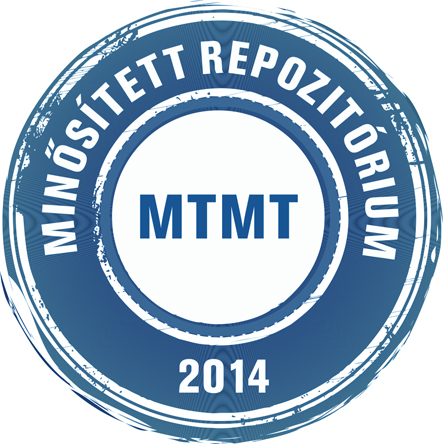Szöllősi Zita Adrien: Az osztott perszerkezet és az időszerűség. In: Acta Universitatis Szegediensis : forum : publicationes discipulorum iurisprudentiae, (2). pp. 519-548. (2019)
Előnézet |
Cikk, tanulmány, mű
forum_discipulorum_2019_519-548.pdf Letöltés (290kB) | Előnézet |
Absztrakt (kivonat)
After almost four years of preparatory work, Act CXXX of 2016 on the Code of Civil Procedure entered into force on 1 January 2018. Act III of 1952 previously in force has been developed for more simple legal problems of the era, and as such it became apparent that it was no longer able to adapt adequately to the transformed social and economic conditions. Procedural efficiency was not presented as a procedural principle in the new legislation but as a procedural goal, which would mean a correct way of procedure in both material and procedural aspects. This would mean that the desired result will occur as expected in order to obtain a final result within a reasonable time. From a procedural efficiency point of view, it is necessary to emphasize the principle of concentration, the requirement of both parties’ support for the procedure, as well as their duty of truthfulness and the requirement of good faith. A split trial system is to serve as the main guarantee for the principle of concentration. It is intended to provide the parties and the court with the facts and the legal status as soon as possible, and to find out the material and procedural framework of the proceedings. It can be divided into two parts: the “preparatory phase” (including the submission of the claim or appeal) and the “hearing phase”. The former is the set-up phase aimed at clarifying the dispute. The parties shall provide all the facts and their evidence. Subsequently, the court sets up the pre-hearing, which is terminated by order. This is known as the “caesura”. As a general rule, following the aforementioned order there is no possibility of altering the claim, appeal or the defence, submitting new evidence or introducing motions, so that the court and the other party may also see the framework and content of the dispute clearly, except for the case when the party doing so has a cause for what he/she is not to blame. The evidentiary procedure and the decision making process both take place during the substantive (“hearing”) phase. The lawsuits could be protracted for several years, as the parties withheld some of the information and would only provide it slowly. Should any of the evidence presented fail to lead to a result, more and more evidence was submitted to the court. The new Code of Civil Procedure is primarily focuses on reaching procedural efficiency, but it may only be able to live up to such hopes if the conduct of the judges and the obligation of both parties and lawyers to provide procedural support is also properly implemented. It is expected from legal representatives to be prepared more effectively, as they shall foresee in advance – at the time of submitting an application – what forms or means of evidence are required in order to support the facts. Their task became more difficult given that they shall anticipate all the relevant circumstances at a relatively early stage, but this could be offset by the judiciary measures. The role of the judges also becomes more active, as they shall establish the framework of the procedure, as well as determine the facts and the legal issues and the subject matter of the case together with the parties.
| Mű típusa: | Cikk, tanulmány, mű |
|---|---|
| Egyéb cím: | Dichotomous litigation structure and the timeliness |
| Befoglaló folyóirat/kiadvány címe: | Acta Universitatis Szegediensis : forum : publicationes discipulorum iurisprudentiae |
| Dátum: | 2019 |
| Kötet: | 2 |
| ISSN: | 2560-2802 |
| Oldalak: | pp. 519-548 |
| Befoglaló mű URL: | http://acta.bibl.u-szeged.hu/70816/ |
| Kulcsszavak: | Jogtudomány, Polgári peres eljárás |
| Megjegyzések: | Bibliogr. a lábjegyzetekben ; összefoglalás angol nyelven |
| Szakterület: | 05. Társadalomtudományok 05. Társadalomtudományok > 05.05. Jogtudomány |
| Feltöltés dátuma: | 2020. dec. 07. 12:15 |
| Utolsó módosítás: | 2021. jan. 18. 15:02 |
| URI: | http://acta.bibl.u-szeged.hu/id/eprint/70876 |
 |
Tétel nézet |



